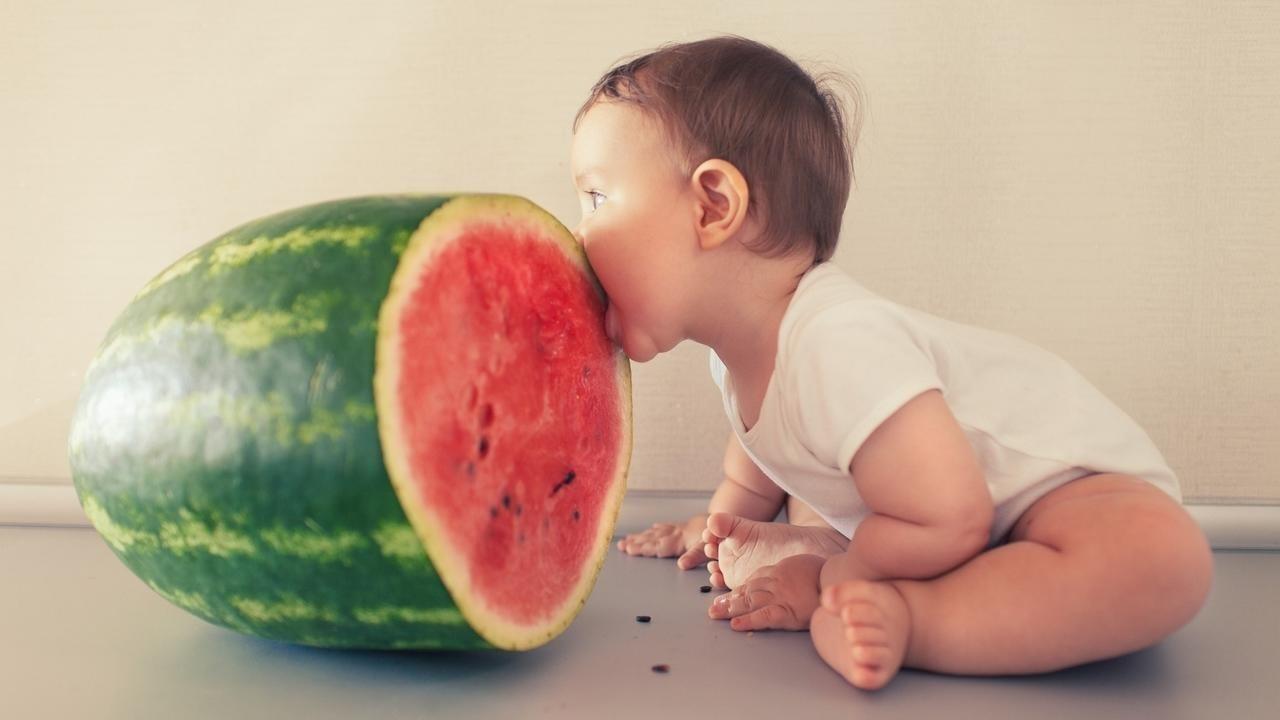
Take a Bite (Out of 3 Feeding Myths)
Myth 1
“Just offer your child what the rest of the family is eating. If he gets hungry enough, he will eat”
Truth
This logic does not apply to all kids, especially to children with ARFID (Avoidant Restrictive Food Intake Disorder) or those with severe selective eating/sensory-based feeding issues. I have seen this myth in practice. Children with severe feeding issues will often go without eating, rather than eat foods that they feel they “cannot” eat. I say “cannot” because these kids view the food as something that they are unable to eat. It’s not a matter of not wanting to eat it, they feel that the food cannot be eaten. Instead offer your child foods they can eat successfully along with foods you would like to introduce. I ask parents to use the 75-25 rule. This means that 75% of the plate should be familiar foods the child can eat, and 25% should be new foods for exposure and learning.
Myth 2
“My doctor says not to worry, my child will outgrow her feeding issues.”
Truth
Unfortunately, I have worked with many families who repeatedly approached their child’s doctor to discuss their concerns about feeding. Many physicians are responsive and make appropriate referrals to feeding therapists; however, many do not. The earlier a child’s feeding issues are addressed the better. We know that early intervention is best in all aspects of child development including feeding. I always tell parents to follow their gut or their “Mommy-Daddy instincts” because they are usually right. If you are concerned, be persistent and seek help.
Myth 3
“Just force your child to eat and make her taste it and she will eventually like the food.”
Truth
Research on pediatric feeding and years of practice have taught me that forcing, coercing, and bribing kids to eat is not effective. The more kids are pushed, pressured, and forced to eat or “try it”, the more they refuse. Put yourself in your child’s position. Imagine you are place in a chair that you cannot get out of. Imagine you are presented with a food that scares you, seems unfamiliar, or perhaps made you gag in the past. Imagine you cover your mouth and shake your head no to refuse, but the person feeding you pushes the food into your mouth. Imagine that you gag and protest, but they continue to feed you the food.
The next time you saw this person coming toward you with food, you would likely feel fearful. You would lose trust in this person and immediately become stressed. Your “fight/flight” response would be triggered, and you would lose your appetite. On the other hand, if the feeder had listened to you and perhaps just presented you with the food to touch and explore or demonstrated their own enjoyment of the food, you might become more interested over time and with repeated exposure.
Kids don't have to "try" foods to learn about them. They can touch, smell, kiss, lick and eventually take a bite when they are ready. Repeated exposure to foods increases a child's likeliness to accept the foods.

